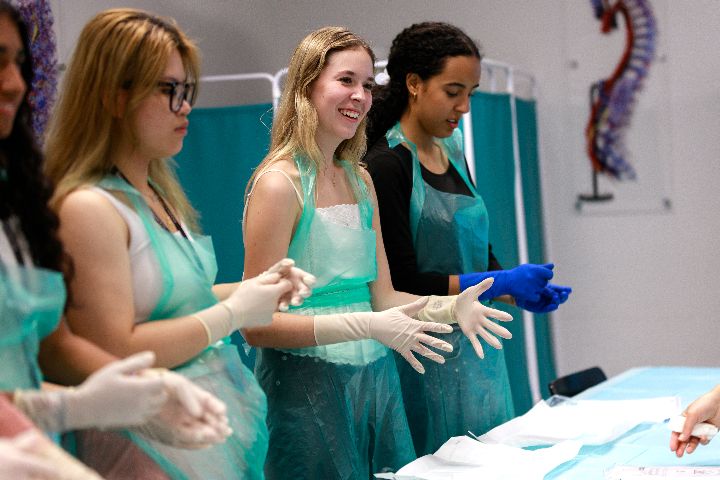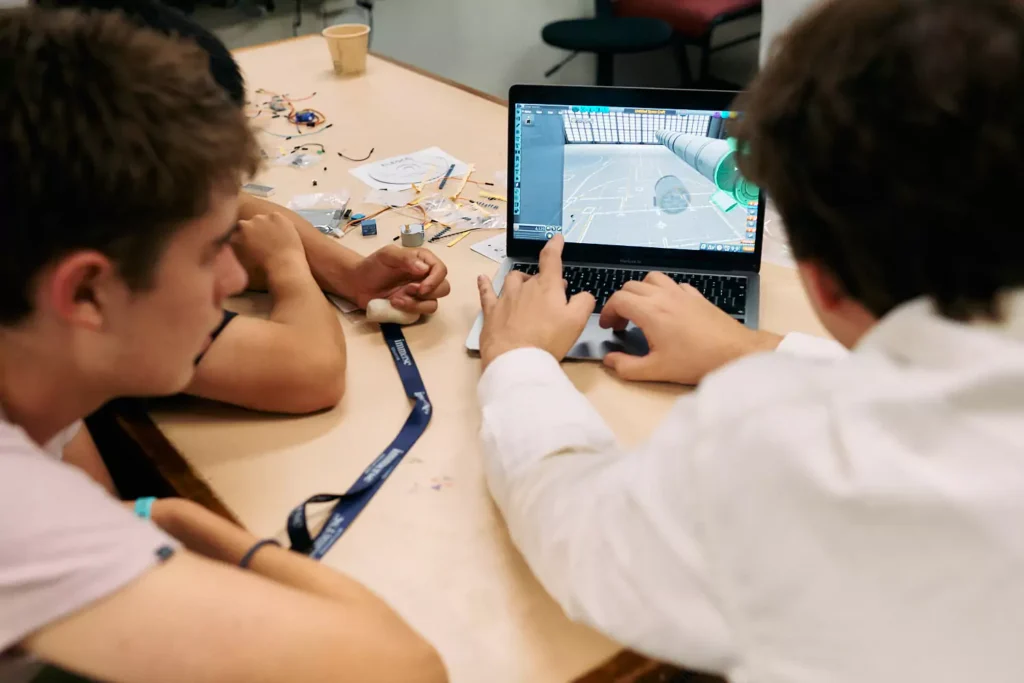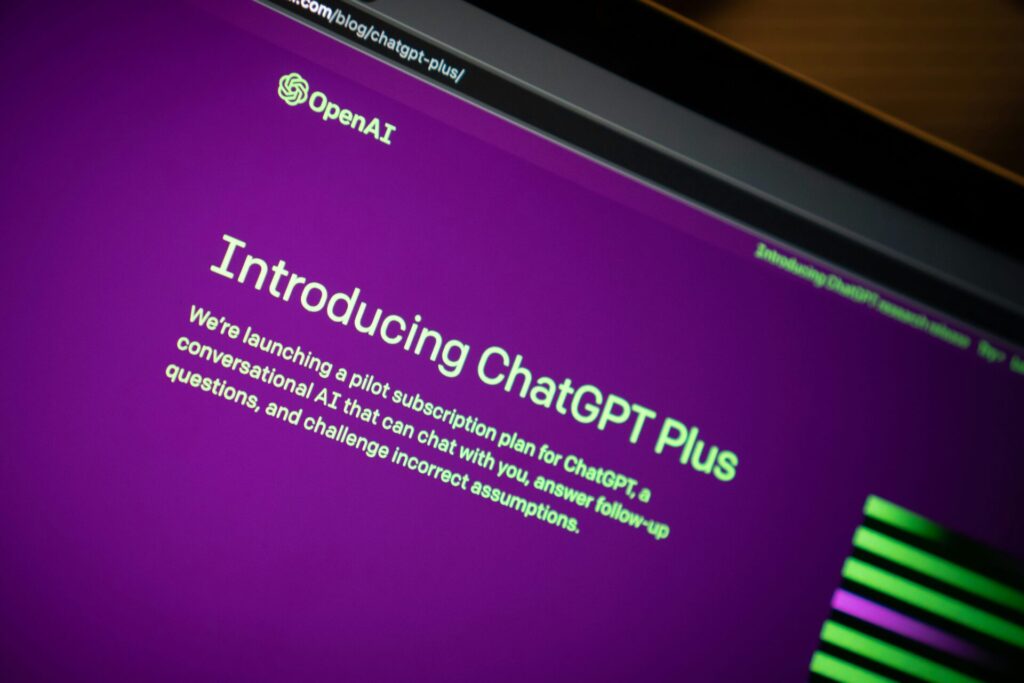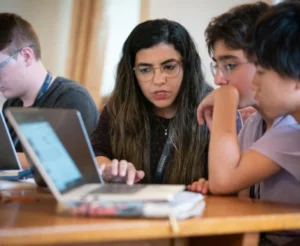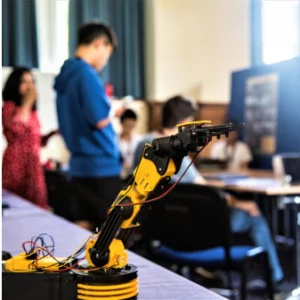The landscape of education is continuously evolving, and one of the most impactful innovations in recent years is gamification in education. By integrating game elements into learning environments, educators create more engaging and effective experiences for students of all ages. Far from being a simple trend, gamification has become a practical pedagogical tool. It motivates learners, enhances focus, and provides educators with a dynamic way to achieve their teaching goals.
Even digital learning platforms commonly used in an online summer school setting often rely on these gamified elements to sustain engagement.
This article explores the key insights behind gamification, digging into what it is, effective strategies for implementation, the benefits and challenges, and real-world examples of gamification in learning.
What is Gamification in Education?
At its core, gamification in education refers to the use of game-like elements in non-game contexts to enhance learning. It harnesses the same principles that make games engaging—competition, rewards, feedback loops, and storytelling—and applies them to educational settings.
Gamification Definition in Education
Gamification isn’t about turning your classroom learning into an actual game, but about borrowing key elements from games to enhance the learning experience. These elements can include:
- Points and Rewards: Students earn points for completing activities, staying consistent, or reaching milestones.
- Leaderboards and Competitions: Healthy competition can motivate learners to participate more actively.
- Badges and Achievements: Visual rewards for completing tasks encourage persistence.
- Storytelling: Creating a narrative structure around activities helps students become more invested.
- Immediate Feedback: Just as gamers receive feedback on their performance, gamified classrooms provide real-time insights into a learner’s progress.
The purpose of gamification is simple—to make education more rewarding and engaging for learners while fostering intrinsic motivation. This is one reason why many tech-focused programmes, such as a computer science summer school, often use gamified modules to help students grasp abstract or complex concepts more intuitively. This approach is particularly effective for catering to diverse learning styles and boosting participation, especially in students who may struggle with traditional methods.
Gamification Strategy
Creating a successful gamification strategy for the classroom or workplace requires careful planning and the deliberate integration of gamified elements. It’s not enough to simply add points or badges; teachers and trainers must create systems that resonate with their students.
Elements of Gamification in Learning
Here are the main gamification elements educators can incorporate into their strategies:
- Clear Goals: Define what students or trainees should accomplish through gamified content.
- Challenges or Quests: Break learning objectives into smaller, manageable tasks that simulate game-like challenges.
- Rewards System: Rewards like badges, certificates, or access to bonus content to incentivise effort and achievement.
- Levels and Progression: Students can advance through levels (such as beginner to expert) to acknowledge their growth.
- Collaboration and Competition: Include team-based challenges to enhance cooperation or individual leaderboards for friendly competition.
- Personalisation: Tailor game mechanics to consider students’ abilities, preferences, and progress.
How to Implement Gamification for Learning
Implementation starts with understanding the learners and the type of engagement they’ll respond to. Below are practical steps to execute educational gamification effectively:
- Define Objectives: Link every gamified activity to a specific learning outcome.
- Choose the Right Tools: Platforms like Kahoot!, Quizizz, and Classcraft offer intuitive gamification tools that can be easily customised.
- Integrate Gradually: Start small by gamifying one part of the lesson and gradually scale up the system to cover the curriculum.
- Monitor Engagement: Use analytics to track student performance and tweak the system where necessary to improve outcomes.
- Gather Feedback: Allow students to share their experience with the gamification system to identify areas for improvement.
Educators working with highly specialised subjects such as international policy or diplomacy, also use this method. In fact, even an international relations summer school may incorporate simulations, crisis-mapping games, or negotiation role-plays to gamify complex political scenarios.
When implementing gamification elements, context is key—gamifying learning for a group of high school students differs from engaging adult trainees in the workplace.
For educators also interested in corporate training, some gamification in the workplace ideas include sales simulations, leadership challenges, or productivity tracking using reward systems.
Benefits of Gamification
The benefits of gamification in the classroom are both motivational and practical. However, as with any innovative teaching method, there are also limitations educators should be aware of.
Pros of Gamification
- Enhanced Engagement: Game mechanics foster excitement and a sense of accomplishment, increasing participation.
- Improved Retention: By presenting lessons in a contextually meaningful way, gamification helps students retain information longer.
- Customisable Learning Experiences: Students can progress at their own pace, making the material more accessible to a wider range of learners.
- Real-Time Feedback: Immediate responses to actions help students correct mistakes and build knowledge actively.
- Collaboration: Many gamified tasks involve teamwork, fostering peer learning and social connection.
- Encourages Persistence: Challenges with achievable rewards pave the way for students to tackle complex tasks without discouragement.
Cons of Gamification
While the advantages of gamification abound, educators must also acknowledge its limitations:
- Can Distract from Key Learning Goals: A poorly designed system may become too focused on winning rewards rather than absorbing knowledge.
- Inequity Issues: Not all learners are naturally competitive. Those less interested in achieving high scores may feel disengaged.
- Time and Resource Intensive: Setting up a gamified learning experience can take significant time, requiring thoughtful research and platform investment.
Recognising these pros and cons ensures that gamification advantages are balanced against potential challenges.
Join the Immerse Education 2025 Essay Competition
Follow the instructions to write and submit your best essay for a chance to be awarded a 100% scholarship.

Why Is Gamification Effective?
One of the fundamental questions educators may ask is, “Why is gamification so effective in classrooms or training environments?” The answer lies in psychology and the design of gamification systems.
How Gamification Boosts Engagement
- Intrinsic Motivation: Game mechanics tap into intrinsic motivators like curiosity, mastery, and autonomy, inspiring students to achieve.
- Reward Loops: The dopamine rush students feel when they receive a reward positively reinforces the desired behavior, like completing homework or engaging in discussions.
- Breaking Monotony: By varying traditional routines with interactive elements, gamification fights boredom in classrooms.
- Cognitive Reinforcement: Facing challenges and solving problems in a gamified setting gives students valuable learning repetition without it feeling tedious.
Real Research Insights
Studies show that gamification methods can boost student performance by 12%-19%, depending on the subject and activities used. Tools like gamification apps for education, e.g., Duolingo, maintain high user retention rates because they offer just the right mix of motivational mechanics.
A well-designed gamification system doesn’t compete with traditional learning, but instead enhances it through purposeful reinforcement.
Gamification In Education Examples
Now that the advantages and strategies are clear, it’s worth looking at real-world examples of gamification in education.
Example 1: Language Learning with Duolingo
Duolingo, a language-learning platform, gamifies lessons through streak counts, grading scales, and voice-based challenges. This gamified approach keeps learners committed and motivated to achieve daily learning goals.
Example 2: Classcraft for Classroom Management
Classcraft turns the classroom into an adventure game. Students create alter-egos—wizards, healers, or warriors—and work collaboratively to complete learning quests. Teachers can assign points based on attendance, completed homework, or good behavior.
Example 3: Leaderboards for Math Mastery
To encourage participation, classrooms can implement weekly math challenges where top performers are highlighted on leaderboards. Friendly competition drives engagement and improvement.
Example 4: Workforce Training Simulations
Corporate environments use gamified learning to train employees with scenarios that mimic real challenges, like decision-making games for managers or performance-based scoring systems.
The key takeaway is that gamification examples in the classroom don’t have to be large-scale to succeed. Even small mechanics like badges or quizzes can make everyday lessons more interactive.
Gamified Systems Across Education
Moving forward, the role of gamification is expected to grow in all areas of education, including higher education and corporate environments.
Gamification in Higher Education
Colleges and universities are using gamification in higher education to teach complex subjects like economics or engineering. Tools like virtual reality gamification bring lab experiences to life for students in creative and immersive ways.
Feedback Gamification
An exciting trend is the gamification of feedback systems, where students receive incremental progress reports through motivating visuals or comparative analytics.
The Future of Gamification
Educators should watch for advancements in how gamification leverages artificial intelligence, personalisation, and extended reality (XR) tools. These future tools will likely make educational gamification even more powerful and tailored to individual students’ needs.
Final Thoughts
Gamification in education is so much more than just a buzzword—it’s a method backed by psychological principles to make learning dynamic, engaging, and effective. Whether you’re a classroom teacher or corporate trainer, integrating game elements into your curriculum can motivate your learners and encourage meaningful participation.
Every gamified system starts with intentionality—clearly defining goals that align with learners’ aspirations. When used strategically, gamification enables students to learn by doing, celebrate progress, and approach learning with a sense of joy and discovery.
For educators eager to explore these systems further, platforms like Immerse Education provide additional tools for gamified learning and innovative teaching strategies.

